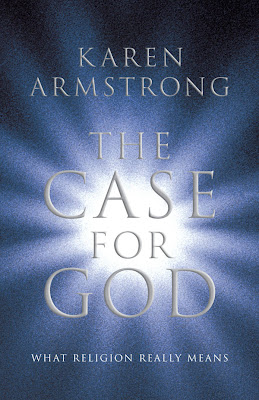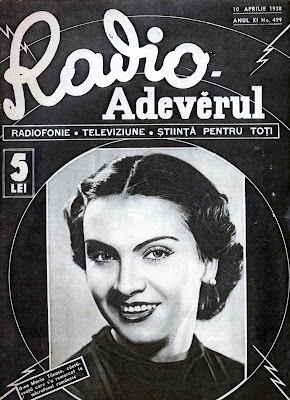About a Suicide Pact
 From what Mr. Ignatius has to say, Democrats do not have an easy task for mid-term elections. Do you think GOP has the answer? No, says Kathleen Parker, they are too focused on their social-conservative agenda. Here is her opinion in W.Post:
From what Mr. Ignatius has to say, Democrats do not have an easy task for mid-term elections. Do you think GOP has the answer? No, says Kathleen Parker, they are too focused on their social-conservative agenda. Here is her opinion in W.Post:Some people can't stand prosperity, my father used to say. Today, he might be talking about Republicans, who, in the midst of declining support for President Obama's hope-and-change agenda, are considering a purity pledge to weed out undesirables from their ever-shrinking party.
Just when independents and moderates were considering revisiting the GOP tent.
Just when a near-perfect storm of unpopular Democratic ideas -- from massive health-care reform to terrorist show trials, not to mention global-warming hype -- is coagulating over 1600 Pennsylvania Ave.
Just when the GOP was gaining traction after gubernatorial victories in Virginia and New Jersey . . . Republicans perform a rain dance at their own garden party.
Things were just going too well.
Thus, some conservative members of the party have come up with a list of principles they want future candidates to agree to or forfeit backing by the Republican National Committee.
The so-called purity test is a 10-point checklist -- a suicide pact, really -- of alleged Republican positions. Anyone hoping to play on Team GOP would have to sign off on eight of the 10 -- through their voting records, public statements or a questionnaire. The test will be put up for consideration before the Republican National Committee when it meets early next year in Hawaii.
The list apparently evolved in response to the Republican loss in the recent congressional race in Upstate New York, when liberal Republican Dede Scozzafava withdrew from the race under pressure from conservatives and endorsed Democrat Bill Owens, who won. Republicans had held that seat for more than a century.
James Bopp Jr., chief sponsor of the resolution and a committee member from Indiana, has said that the problem is that many conservatives have lost trust in the conservative credentials of the Republican Party.
Actually, no, the problem is that many conservatives have lost faith in the ability of Republican leaders to think. The resolutions aren't so much statements of principle as dogmatic responses to complex issues that may, occasionally, require more than a Sharpie check in a little square.
It's too bad that elite and nuance have become bad words in the Republican lexicon. Elites are viewed in Republican circles as those people who are out of touch with real Americans. And nuance, the definition of which suggests a sophisticated approach to understanding (as opposed to Because I said so, case closed) has come to be viewed as a Frenchified word Republicans successfully hung on presidential candidate John Kerry in 2004. His flip-floppery on issues became associated with nuance, a.k.a. lack of decisiveness. Ergo, a lack of leadership skills.
It was superb message manipulation, if you go for that sort of thing. But it was also pandering to America's inner simpleton. Not to defend Kerry, specifically, but heaven forbid anyone should ever consider shades of meaning or new developments and change his mind. As Kerry said during a 2008 Associated Press interview, Decisiveness wrongly applied can create a lot of pain. This nation was, after all, for slavery before it was against it.
Most of us know that decisiveness isn't always a virtue, yet those pushing the purity test seem to view nuance as an enemy of conservatism. The old elite corps of the conservative movement, men such as William F. Buckley and Russell Kirk, undoubtedly would find this attitude both dangerous and bizarre. When did thinking go out of style?
In fact, the 10-point checklist proffered by Bopp and others is the antithesis of conservatism. As Kirk wrote in his own Ten Conservative Principles, conservatism possesses no Holy Writ and no Das Kapital to provide dogmata . . . conservatism is the negation of ideology: it is a state of mind, a type of character, a way of looking at the civil social order.
Each of Bopp's bullets is so overly broad and general that no thoughtful person could endorse it in good conscience. Some are so simplistic as to be meaningless. As just one example: We support victory in Iraq and Afghanistan by supporting military-recommended troop surges. What does that mean? Do we support all troop surges no matter what other considerations might be taken into account? Do we take nothing else into account? Does disagreement mean one doesn't support victory?
Whatever the intent of the authors, the message is clear: Thinking people need not apply. The formerly elite party of nuanced conservatism might do well to revisit its nonideological roots.
Otherwise, might we bother Mr. Kirk to beam us up?
(Please send your comments to kathleenparker@washpost.com)
(Zoon Politikon)




















